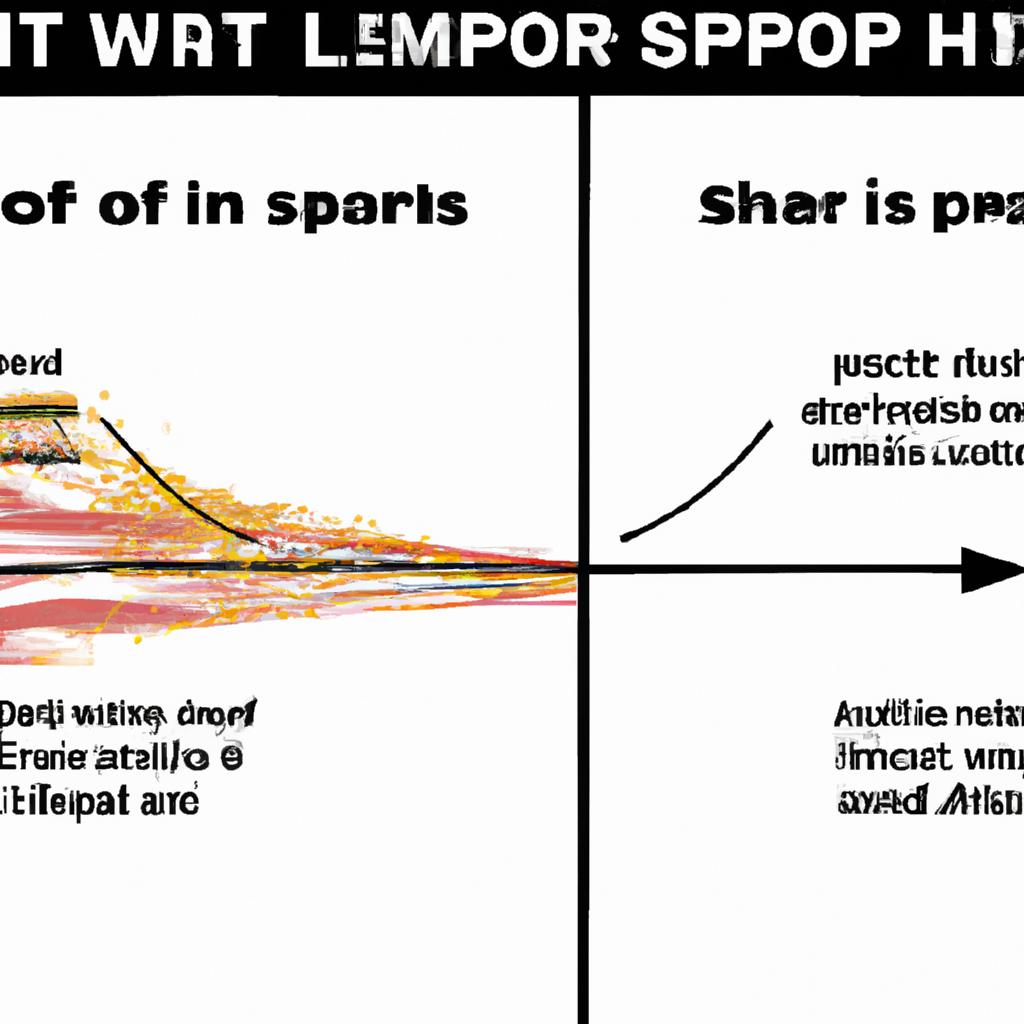The Impact of Sprint Interval Training on Muscle Fiber Composition: A Deep Dive into Fast-Twitch vs. Slow-Twitch Adaptations
# The Impact of Sprint Interval Training on Muscle Fiber Composition: A Deep Dive into Fast-Twitch vs. Slow-Twitch Adaptations
Sprint interval training (SIT) has gained significant popularity in recent years, largely due to its efficiency and effectiveness in enhancing cardiovascular fitness and promoting fat loss. But beyond its immediate benefits, SIT also plays a crucial role in shaping muscle fiber composition. Understanding the adaptations of fast-twitch and slow-twitch muscle fibers can help individuals optimize their training regimens for specific goals, whether they aim to improve endurance, build muscle, or enhance athletic performance. In this blog post, we will explore how sprint interval training influences muscle fiber composition, the benefits of these adaptations, and practical tips for nutrition and exercise.
## Understanding Muscle Fiber Types
### Fast-Twitch Muscle Fibers
Fast-twitch muscle fibers, also known as Type II fibers, are designed for explosive, high-intensity activities. They generate force quickly and are primarily anaerobic, relying on glycogen for energy during short bursts of activity. These fibers are crucial for sports that require speed and power, such as sprinting, weightlifting, and jumping.
### Slow-Twitch Muscle Fibers
In contrast, slow-twitch muscle fibers, or Type I fibers, are more suited for endurance activities. They are aerobic, meaning they rely on oxygen for energy and are more fatigue-resistant. These fibers are essential for long-distance running, cycling, and other prolonged activities where stamina is key.
## The Effects of Sprint Interval Training on Muscle Fiber Composition
### Fast-Twitch Adaptations
Research has shown that sprint interval training significantly enhances the characteristics of fast-twitch muscle fibers. During SIT, the muscles experience a surge in recruitment of these fibers due to the high-intensity nature of the exercise. Over time, this leads to an increase in muscle size (hypertrophy) and strength, allowing athletes to perform better in explosive movements. Additionally, SIT can improve the oxidative capacity of fast-twitch fibers, enabling them to utilize oxygen more efficiently during high-intensity exercise.
### Slow-Twitch Adaptations
While sprint interval training primarily targets fast-twitch fibers, it can also lead to adaptations in slow-twitch fibers. Short bursts of high-intensity exercise followed by rest periods can improve the overall efficiency of the aerobic system, enhancing the endurance capabilities of slow-twitch fibers. This dual adaptation allows individuals to benefit from both muscle fiber types, improving overall performance in various physical activities.
## Nutrition Tips
### Fueling Your Workouts
To maximize the benefits of sprint interval training, nutrition plays a vital role. Here are some tips:
1. **Carbohydrate Intake**: Ensure adequate carbohydrate consumption before and after workouts. Carbohydrates are the primary fuel source for high-intensity activities.
2. **Protein for Recovery**: Include protein-rich foods in your post-workout meal to support muscle repair and growth. Aim for about 15-20 grams of protein within 30 minutes after exercising.
3. **Hydration**: Stay hydrated before, during, and after your workouts. Dehydration can hinder performance and recovery.
### Supplements
Consider incorporating branched-chain amino acids (BCAAs) or creatine supplements to support muscle recovery and enhance performance during high-intensity workouts.
## Exercise Advice
### Structuring Your Sprint Interval Training
To effectively incorporate sprint interval training into your routine, consider the following guidelines:
1. **Warm-Up**: Always start with a proper warm-up to prepare your muscles and reduce injury risk. A dynamic warm-up that includes light jogging and mobility exercises is ideal.
2. **Interval Structure**: A common structure for SIT involves 20-30 seconds of all-out sprinting followed by 1-4 minutes of rest or low-intensity activity. Repeat this for 20-30 minutes.
3. **Frequency**: Aim to perform SIT 2-3 times per week, allowing adequate recovery between sessions.
4. **Variety**: Incorporate different types of sprints (e.g., hill sprints, track sprints) to challenge your muscles in various ways and prevent adaptation.
## Health Benefits of Sprint Interval Training
### Improved Cardiovascular Health
SIT has been shown to improve cardiovascular health by enhancing heart function and increasing VO2 max, which is the maximal amount of oxygen the body can utilize during exercise.
### Enhanced Metabolism
Engaging in sprint interval training can boost metabolism, leading to increased calorie burn even after workouts















Post Comment